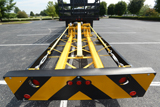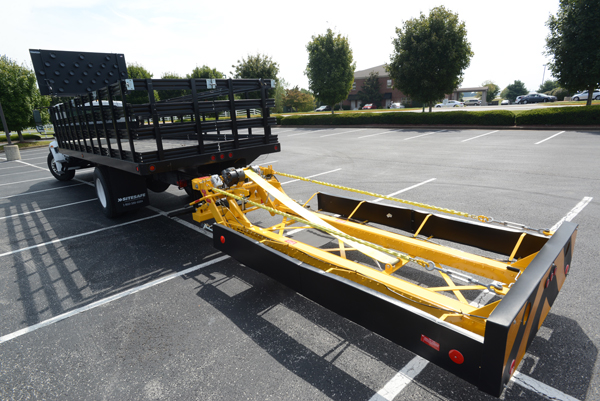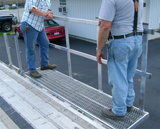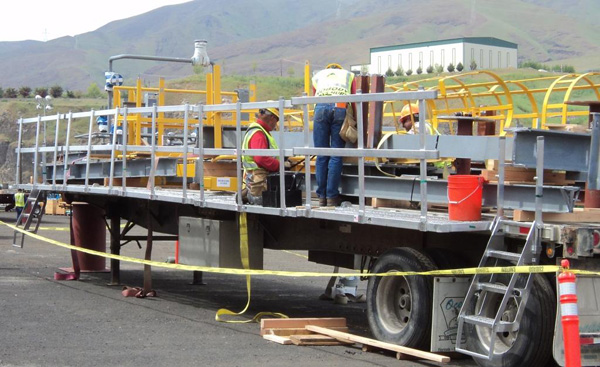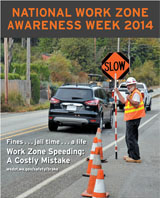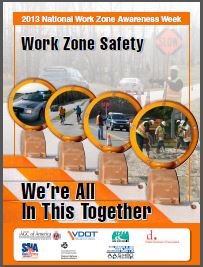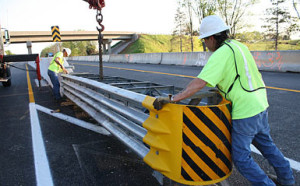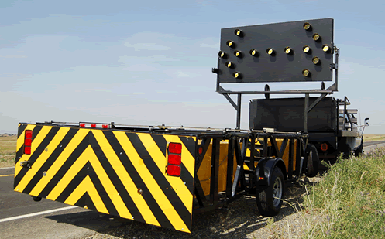Attenuator trucks are highway safety vehicles equipped with an impact attenuating crash cushion for the purpose of reducing the risks resulting from crashes in construction work zones. These specialized vehicles are often required for government highway contracts to improve safety and reduce work zone fatalities.
The truck mounted attenuator, or TMA, is a crash cushion that is specifically designed to attach to a vehicle such as a snow plow, road construction vehicle or maintenance truck, in order to absorb kinetic energy if struck by a motorist. Not only do attenuator trucks save lives by absorbing the impact of a crash, they also reduce debris hazards after impact to improve traffic flow and reduce the risk to passing motorists.
TMAs are tested by the federal highway association for effectiveness and speed ratings. When mounted to road construction vehicles, TMA attenuators are subject to weight requirements and must be positioned at adequate distance to ensure the safety of workers and equipment in the event of a crash.
Attenuator Truck Equipment and Options
There are various types of truck mounted attenuators including tiltable or foldable options and trailer mounted attenuators. Tiltable options such as Trinity Industries’ MPS-350 are designed so that the attenuator will pivot up or down to engage or disengage the attenuating crash cushion. Foldable options such as the Safe Stop 180 will fold in half so that the attenuator is stacked on itself when disengaged. Trailer mounted varieties do not pivot or tilt and are always engaged when attached to a truck.
Road construction attenuator trucks typically have a bed for transporting equipment and an arrowboard or message board to instruct drivers of traffic conditions. Many other equipment options may be necessitated by the environment and conditions including strobe lighting for driver awareness, work lights for night visibility, and equipment racks.
Review a summary of attenuator truck options and equipment.
